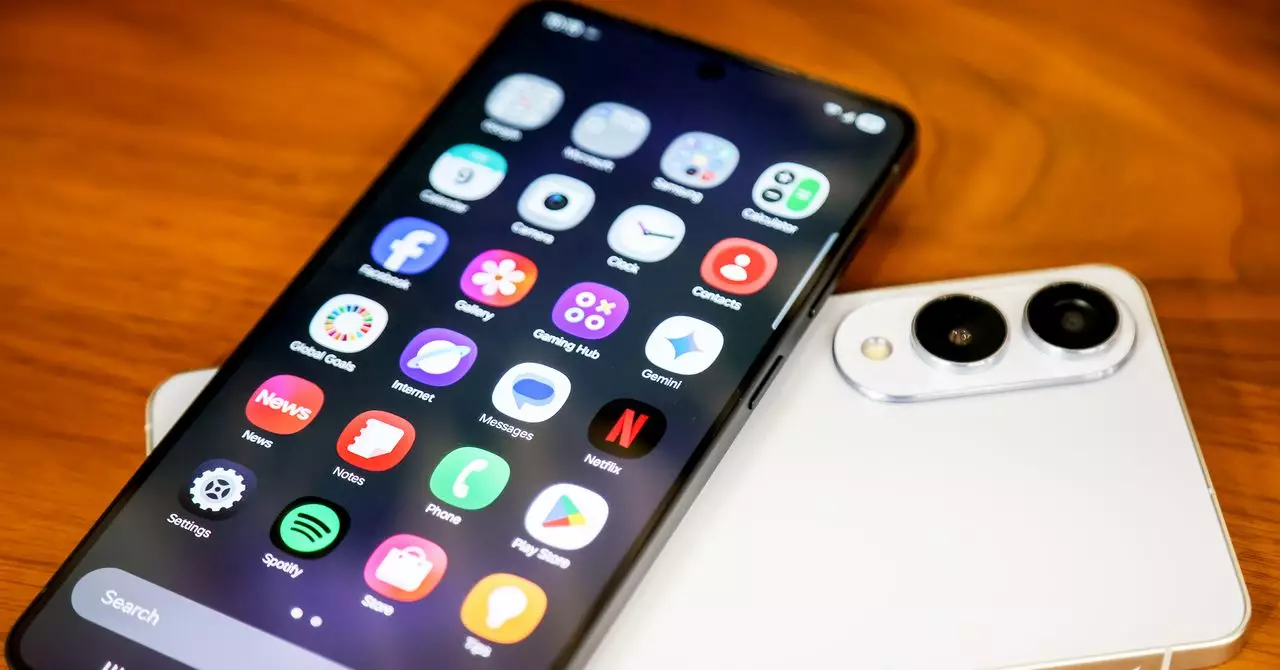Samsung boldly proclaims that all Galaxy AI data is securely encrypted, reassuring users that their personal information remains protected from unwanted access. However, such assurances invite skepticism, especially considering the complex realities of cybersecurity. No security system, regardless of strength, can provide an absolute guarantee of invulnerability. This inherently contradictory stance—promising complete safety while acknowledging the impossibility of perfection—raises questions about the depth of privacy protection truly offered.
The notion of encryption gives comfort, but it shouldn’t be mistaken for infallibility. Cyber threats evolve rapidly, and even the most robust encryption can be compromised over time. Moreover, the mere collection of data, regardless of encryption, presents privacy risks—data can be mishandled, stored insecurely, or misused. Samsung’s transparency about their privacy policies is essential, yet the question remains: are users fully aware of what data is stored, how it is used, and who might have access? The fine print in privacy policies often borders on obscurity, discouraging thorough understanding.
Empowering Users or Shifting Control?
Samsung offers users the ability to toggle AI features on and off, ostensibly promoting user control. However, the practicality of this control is complicated. The interface for adjusting AI capabilities seems straightforward—within Settings, users can view active features, disable specific tools, or even turn off all AI functions. At face value, this responsiveness is empowering. Yet, in practice, the sheer number of features, some of which are deeply integrated into core functions like image editing or voice transcription, can make the process confusing or overwhelming for the average user.
Furthermore, the existence of a “Process data only on device” toggle indicates an attempt to address privacy by limiting cloud dependence. Yet, the absence of a detailed list clarifying which features can operate locally undermines confidence. Users are left to trust that by toggling this switch, sensitive data remains on their device—yet, some AI functions still require internet connectivity to function properly, suggesting incomplete local processing. This ambiguity fosters a sense of uncertainty: are users truly in control of their data, or are they merely given the illusion of choice?
The Subtle Push of AI in Daily Life
The range of AI capabilities integrated into Samsung devices is extensive—from transforming photos to generating insights from fitness data. While these features can enhance user experience, they also exemplify the subtle, often creeping influence of AI in personal spaces. For users, the question should be whether these tools serve their interests or subtly channel their behaviors and preferences towards commercial objectives.
Despite transparency options, AI’s pervasiveness can feel intrusive when it nudges users towards particular actions or documents. The fear isn’t just about security but also about autonomy. Are users fully aware of all the ways AI is shaping their communication, images, and even physical health insights? Moreover, the use of generative AI tools like object removal or sketch-to-image conversion underscores a broader trend: machines becoming mediators of personal expressions, crafting and editing memories in ways users might not fully understand.
In critiquing Samsung’s approach, it’s clear that while steps are taken to address privacy, the execution often falls short of clarity and complete control. An informed user needs more than just toggle switches—they need transparency, comprehensive explanations, and guarantees that their data isn’t exploited under the guise of convenience. Until then, trusting any technology, no matter how “securely encrypted,” remains a gamble, especially when the stakes involve one’s most personal digital footprints.

